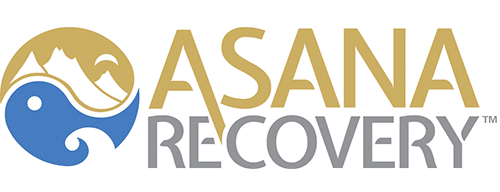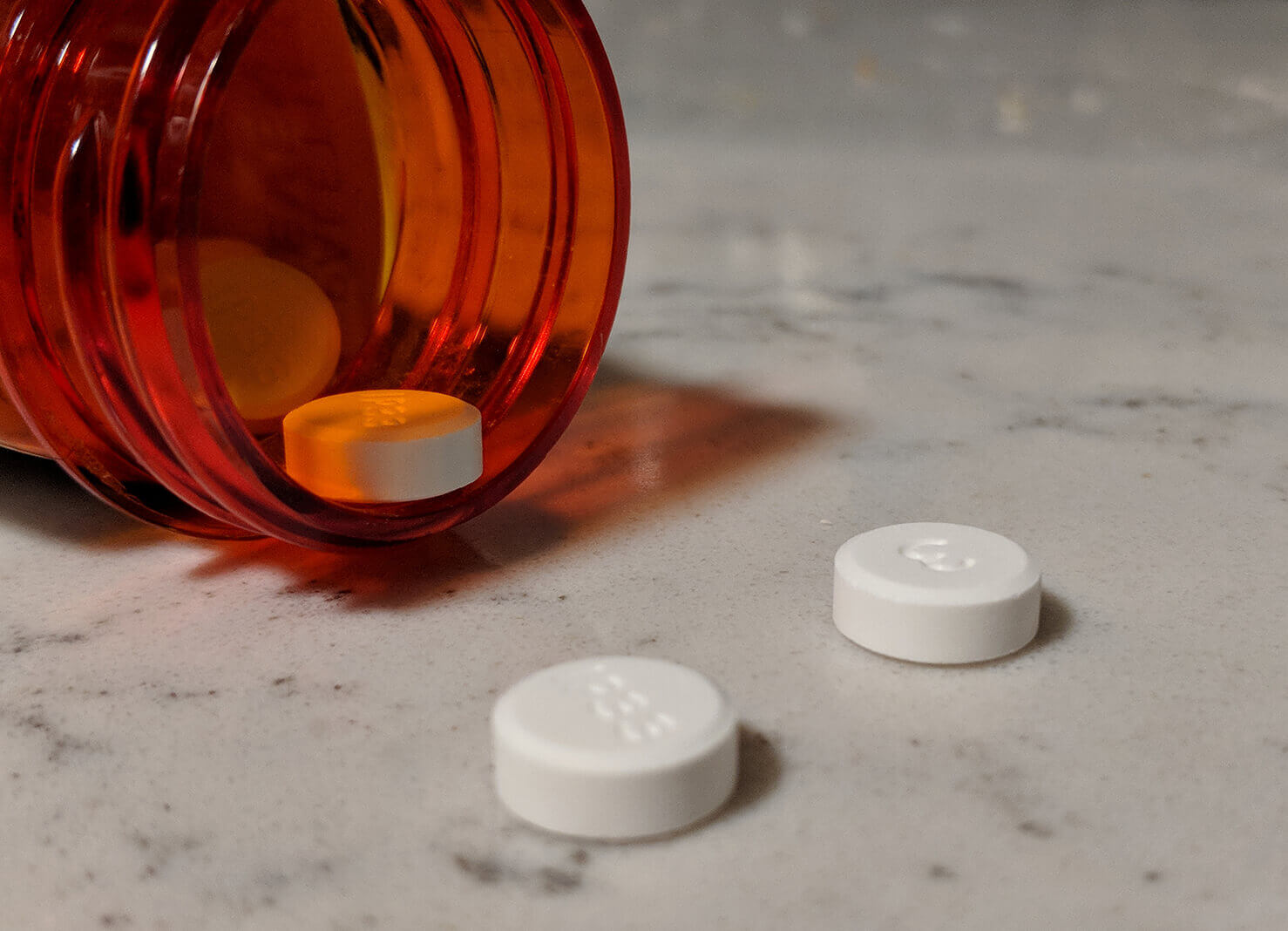With the ongoing opioid crisis in the United States, scientists are always on the lookout for new solutions to both avoid and treat addiction. There were more than 42,000 drug overdose deaths involving opioids – both of the prescription variety and illegal drugs like heroin – in 2016. In response, in the summer of 2018 the National Institutes of Health (NIH) recently announced a plan called Helping to End Addiction Long-term, or HEAL. It’s an initiative involving many of the NIH Institutes, including the National Institute on Drug Abuse (NIDA), and other U.S. health agencies.
HEAL has two main goals: improving treatment for opioid abuse and addiction, preventing people from overdosing and hopefully from becoming dependent in the first place, and helping people manage long-term pain without resorting to potentially addictive medications. NIDA is currently researching the following:
- The development of new treatments for addiction and new ways to reverse an overdose. For example, we know that naloxone can reverse an overdose from prescription opioids and heroin, but researchers are also trying to develop other medicines that can reverse overdoses of stronger opioids like fentanyl.
- Community-based programs to prevent and treat opioid addiction. Researchers are looking into ways to coordinate care in the communities that are hardest hit by the opioid crisis. This may include better coordination between different parts of the community, such as health care providers, the justice system, and first responders like fire departments and emergency medical services.
- Expanding the use of clinical trials to discover new treatments for addiction. A clinical trial means that new medications, devices, or other therapies are tested on people under controlled circumstances. NIDA plans to expand its Clinical Trials Network, so that more people will have access to these studies, particularly people in rural areas where treatment options are limited or non-existent.
- Improving access to high-quality addiction treatment in criminal justice settings. Because drug use – and its related behaviors and poor decision making – play a large part in why many people end up prison, researchers plan to work with people within the justice system to figure out what strategies will most help them improve their lives. This includes getting treatment for opioid addictions.
The HEAL Initiative seeks to partner with sites and organizations that help the underserved communities both in the United States and internationally. They pair physicians with “front line” healthcare providers in communities with a lack of resources or trained professionals. Doctors in these communities are trained and mentored over a two year period, both in person and remotely. In order to make this possible, NIH is nearly doubling funding for research on opioid misuse and addiction and pain from approximately $600 million in fiscal year 2016 to $1.1 billion in fiscal year 2018.
If you or a loved one need help with quitting drugs or alcohol, consider Asana Recovery. We offer medical detox, along with both residential and outpatient programs, and you’ll be supervised by a highly trained staff of medical professionals, counselors, and therapists. Call us any time at (949) 438-4504 to get started.



